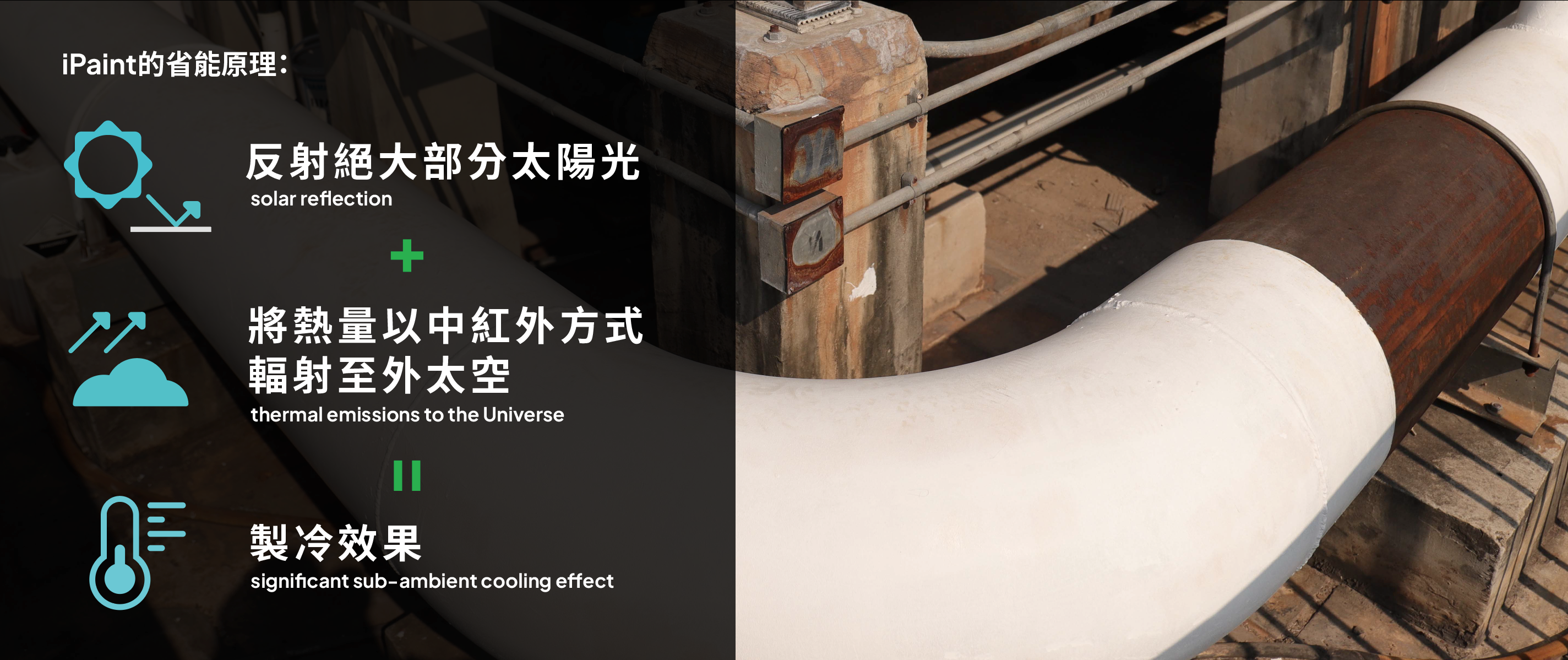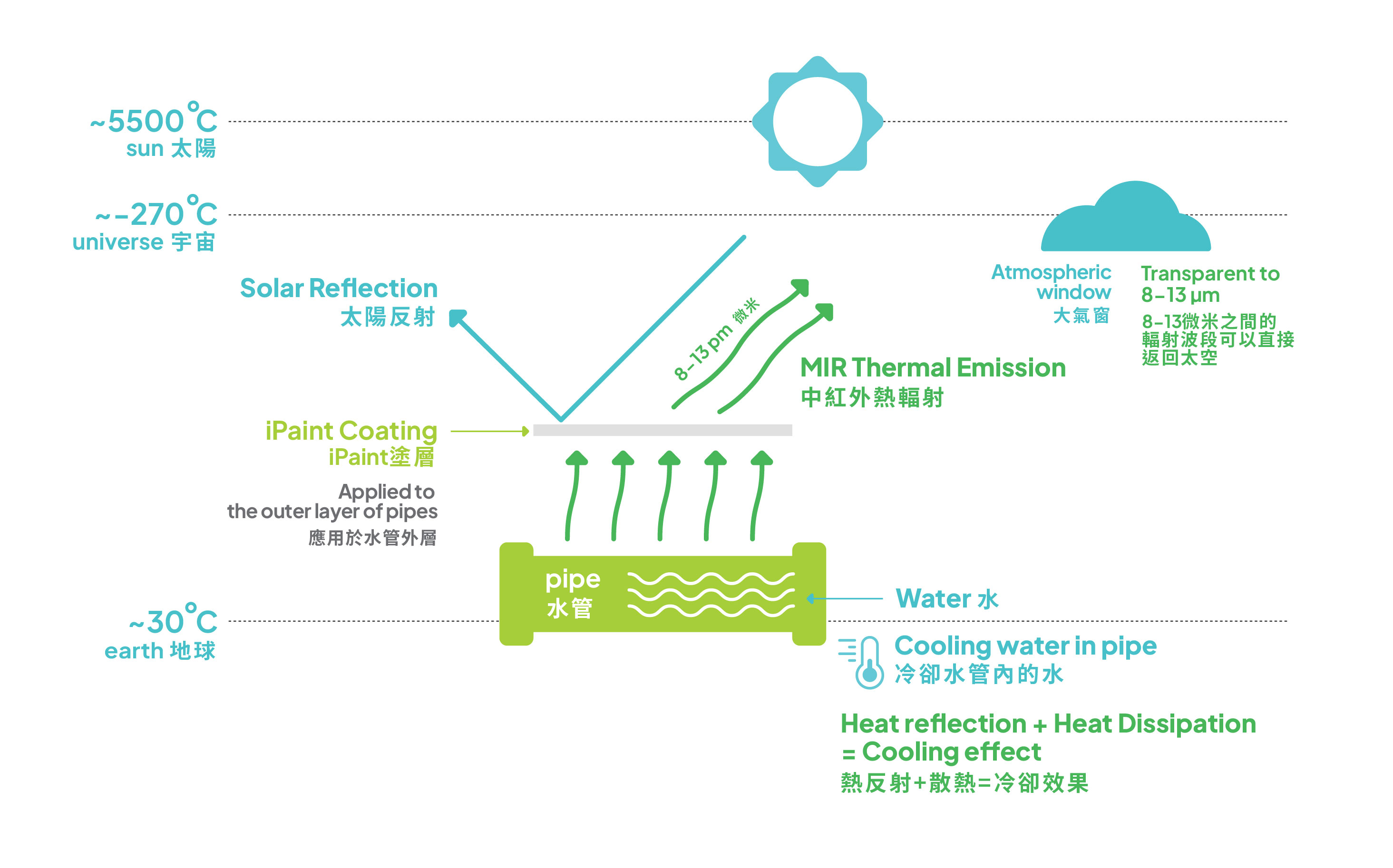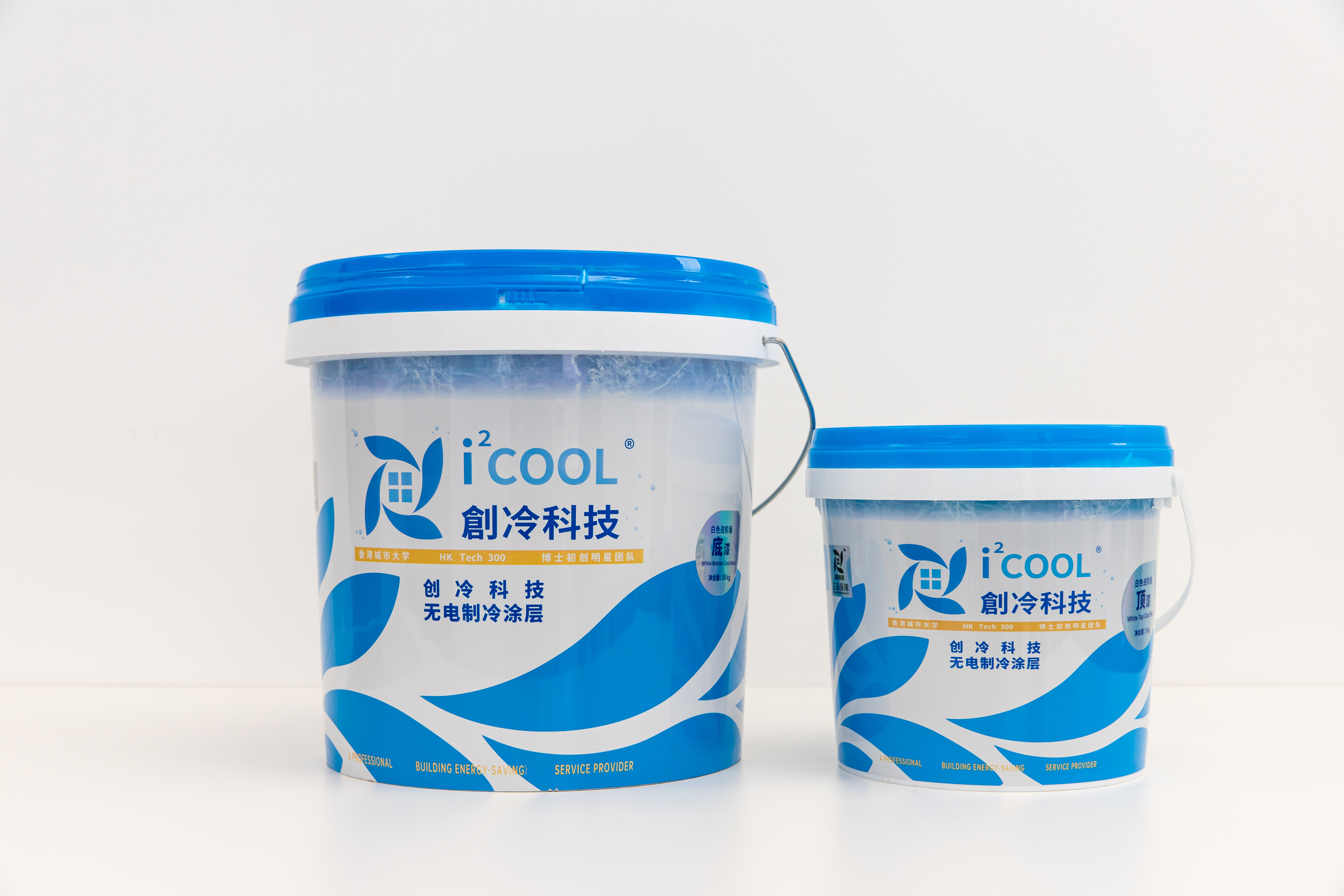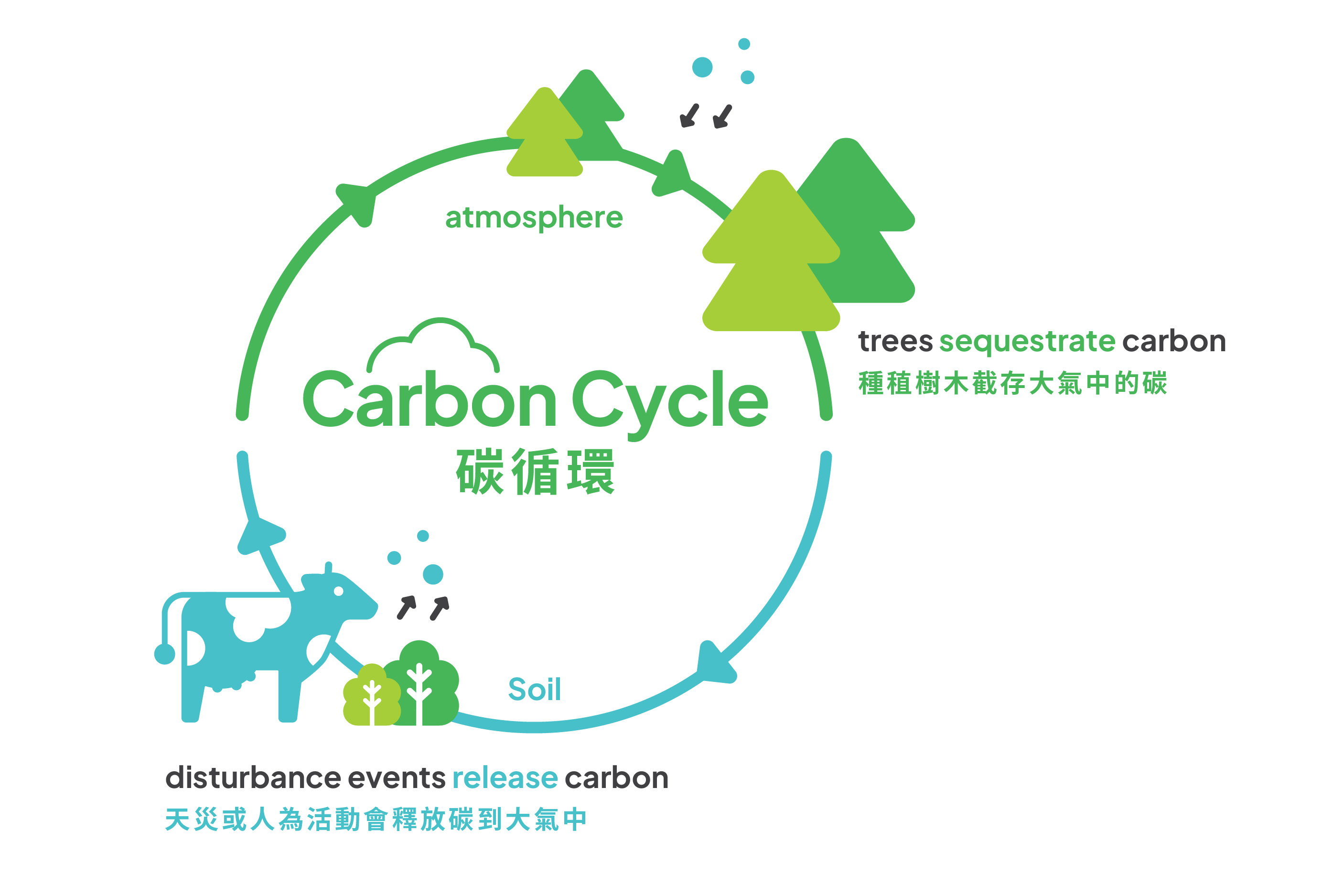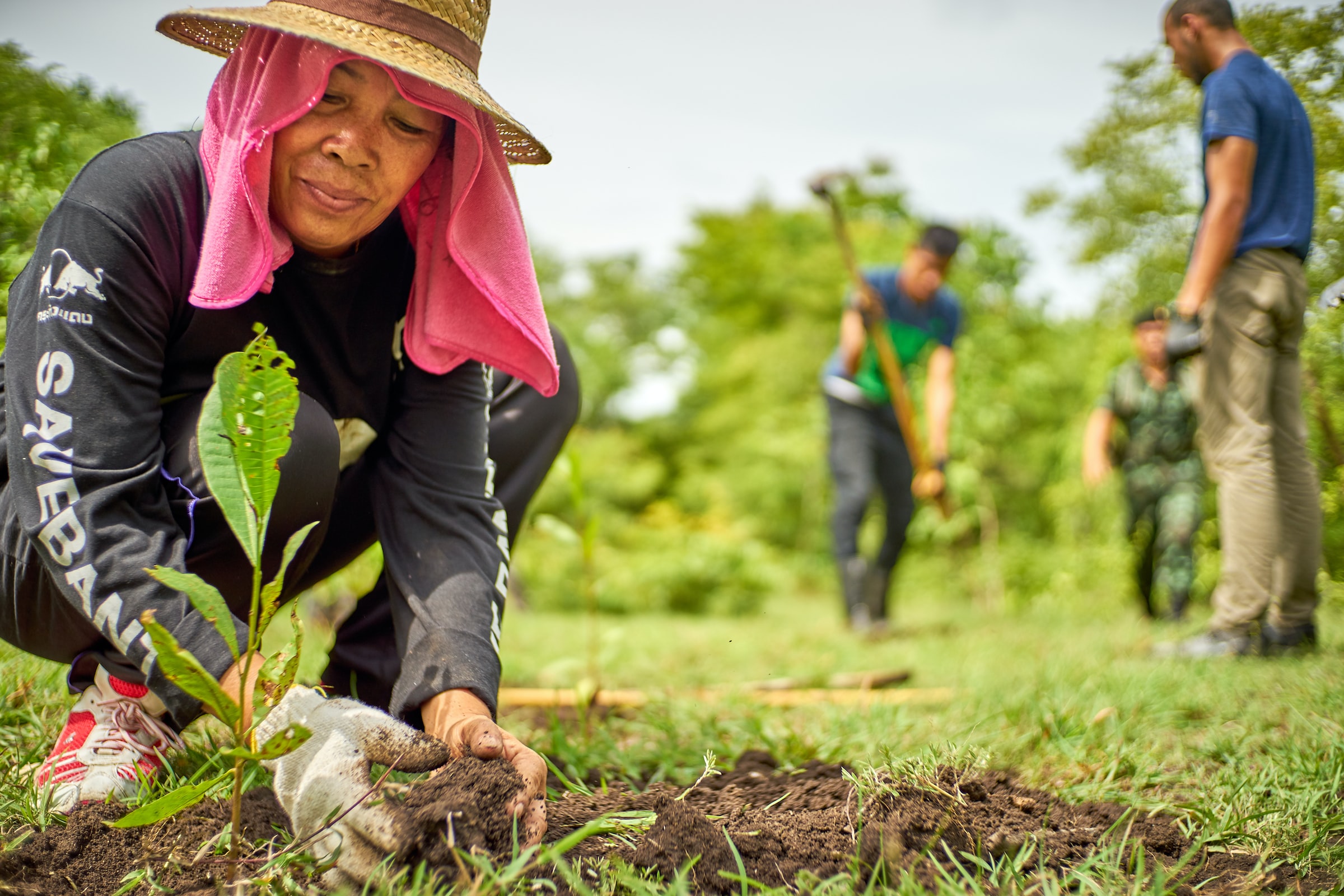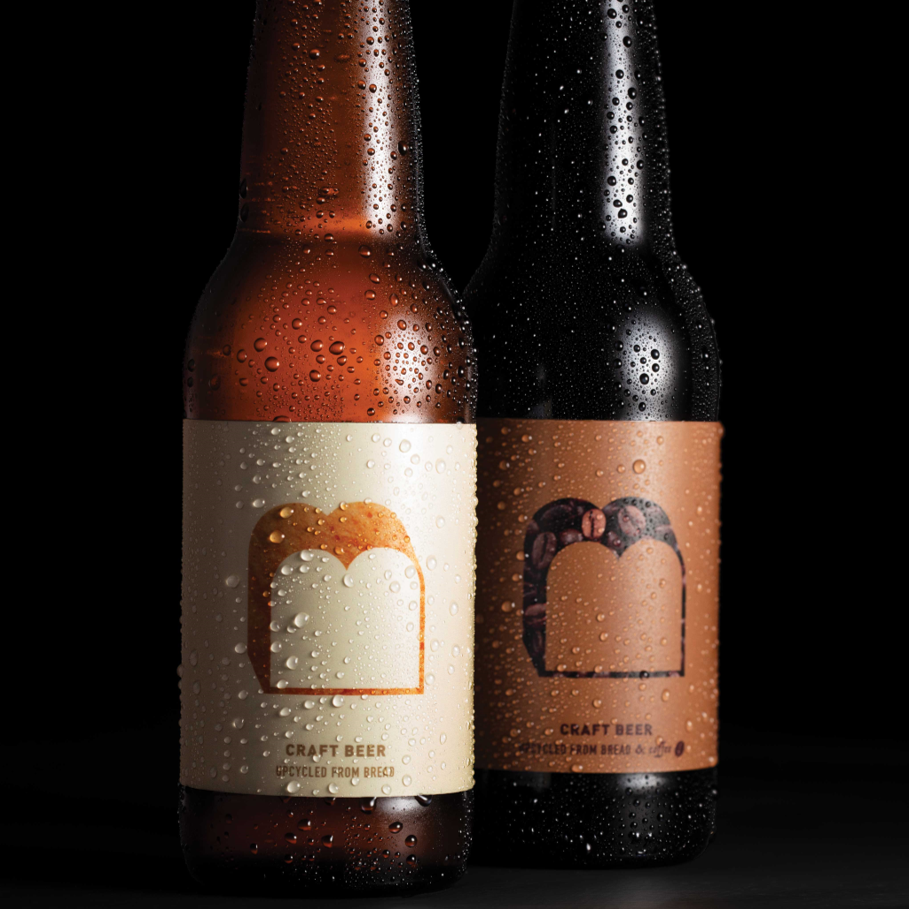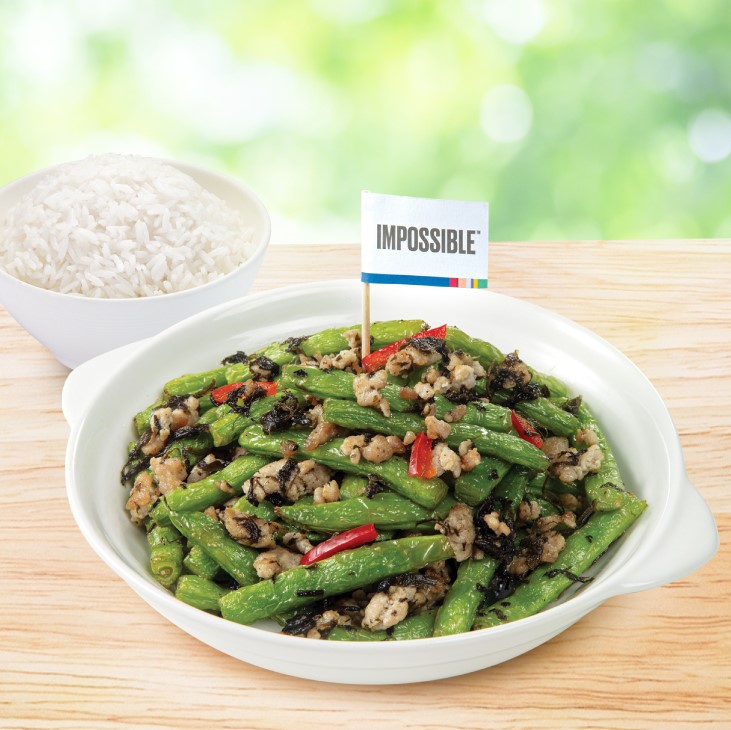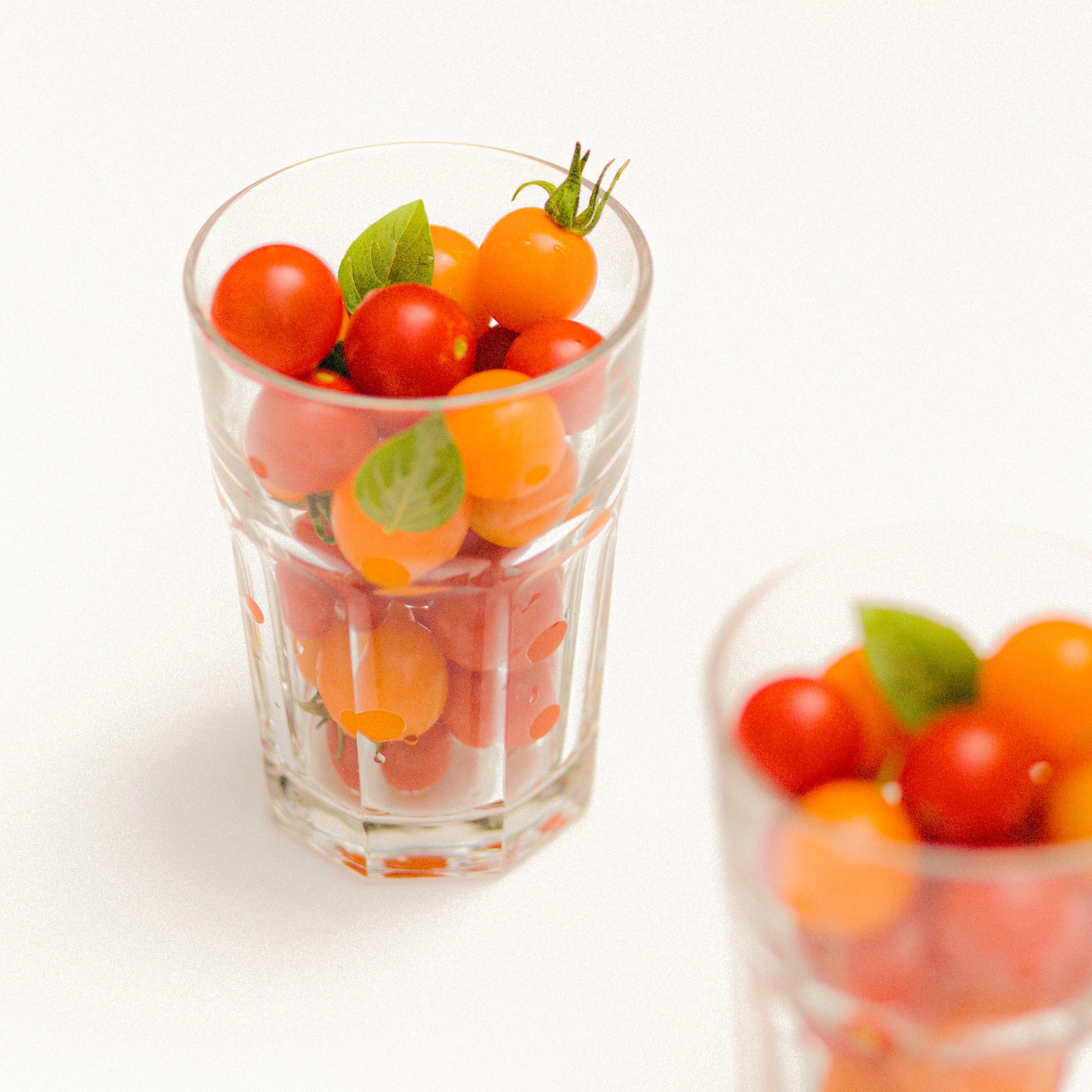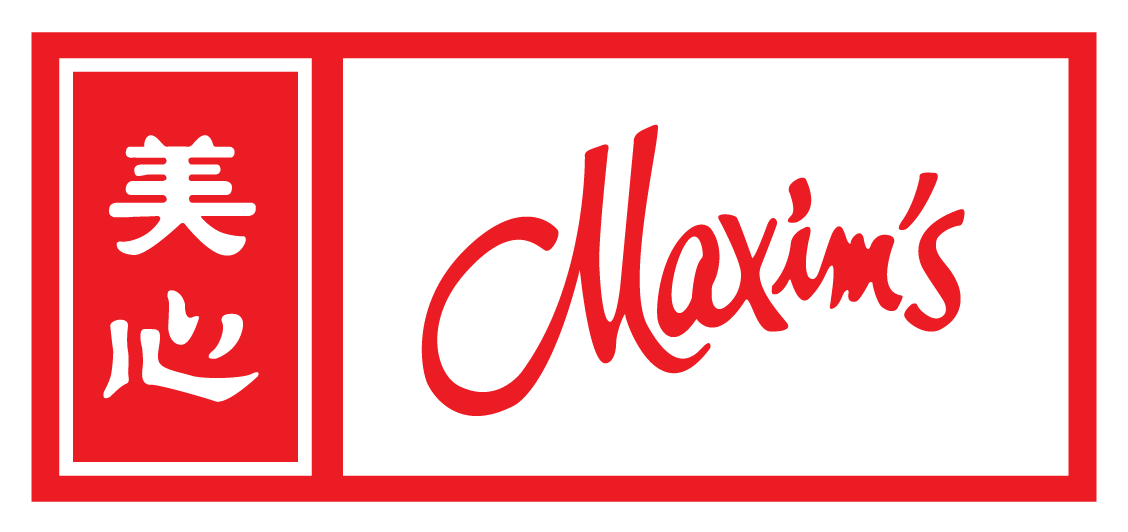Our masterplan for Maxim’s Centre’s construction dates all the way back to 2012, when sustainability was not as popular as it is today. But saving energy has always been one of our core values. The principles of sustainability and comfort are imbued in every aspect of our day-to-day work.
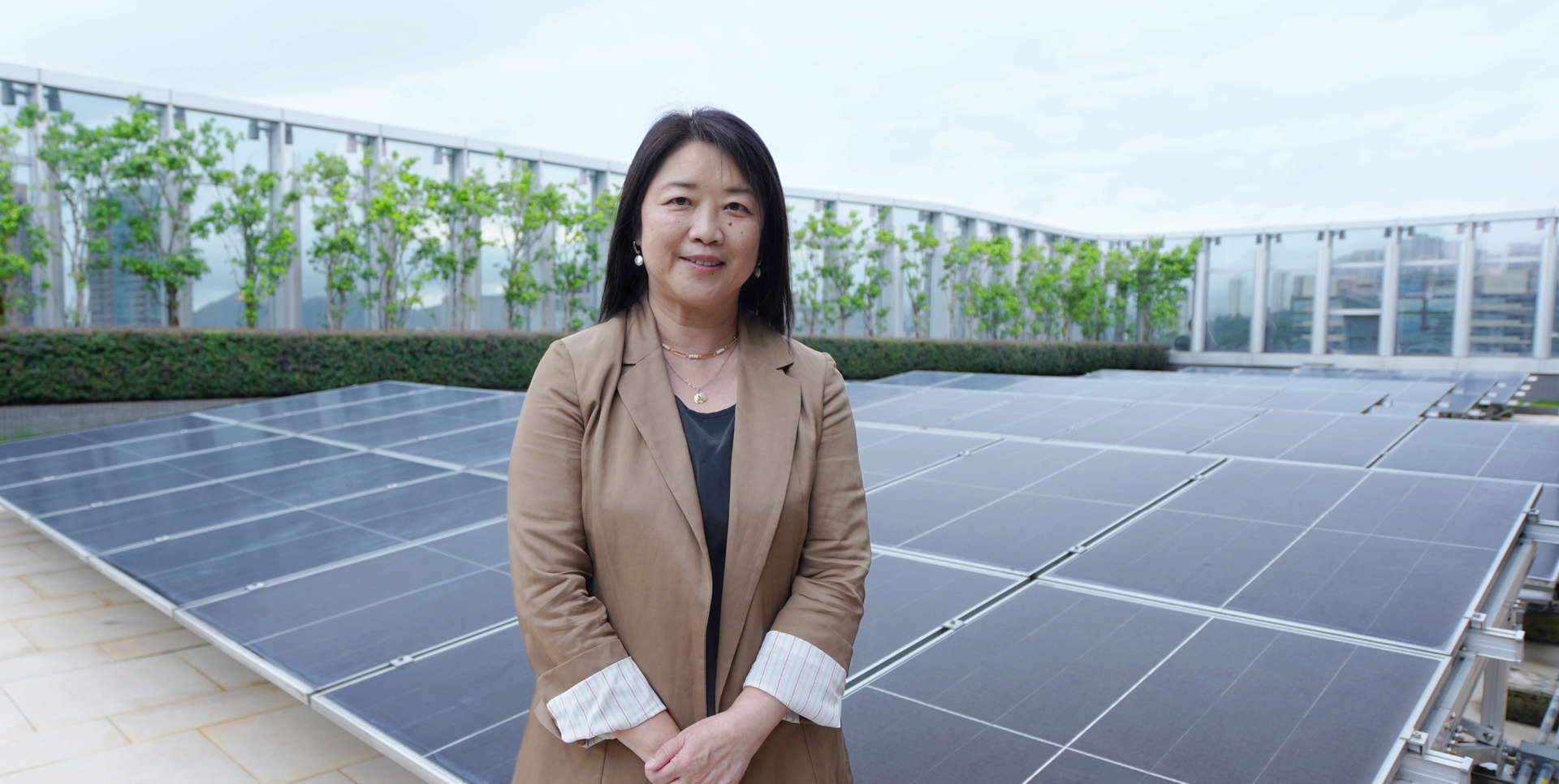
Maxim’s Centre in Lai Chi Kok was officially opened in 2015. Green design was integral to the building from the start of its development. Key green features of Maxim’s Centre include:
 Double-glazed windows to effectively introducing daylight while minimizing the solar heat gained
Double-glazed windows to effectively introducing daylight while minimizing the solar heat gained
 Over 40% of the gross area features green design, including a Sky Garden
Over 40% of the gross area features green design, including a Sky Garden
 Improved indoor air quality – voluntary participation in the Environmental Protection Department’s IAQ Certification Scheme
Improved indoor air quality – voluntary participation in the Environmental Protection Department’s IAQ Certification Scheme
 Environmentally certified construction materials – over 50% of timber used is FSC certified
Environmentally certified construction materials – over 50% of timber used is FSC certified
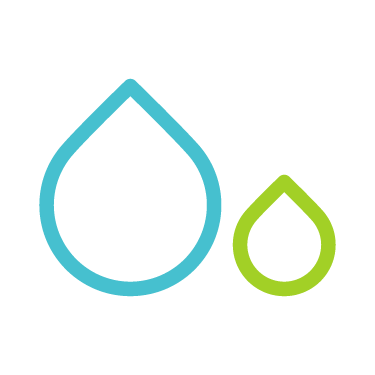 Dual-flush toilets in compliance with the Water Supplies Department’s Quality Water Supply Scheme
Dual-flush toilets in compliance with the Water Supplies Department’s Quality Water Supply Scheme
 Domestic water meeting the Quality Water Standards of the Water Supplies Department
Domestic water meeting the Quality Water Standards of the Water Supplies Department
The Hong Kong Green Building Council awarded Maxim’s Centre with a Final Platinum rating under its BEAM Plus New Buildings 1.1 version. “In recent years we have upgraded all office lighting to LED, as well as using natural and reused construction materials, among other measures,” said Catherine Cheung, Head of Projects & Engineering Food Manufacturing of Maxim’s Group. Catherine noted that these measures involved higher costs but they were worth it.

The next major challenge was how to further reduce carbon emissions. “As well as our headquarters, we have three factories; why not install solar panels on their roofs? Their energy can be connected to the grid directly,” said Catherine, who pointed out that each building’s different rooftop area and structures added complexity to the panels’ installation. In order to maximise the panels’ sunlight absorption, each installation site needed to be analysed deeply.
“For example, the cakes and bakery factory in the Tai Po Industrial Estate is a steel structure, which has a lower load capacity than regular concrete. It prompted us to adjust the solar panel weight.” A clever double-deck design was devised which not only reduced the panels’ weight, but also the rooftop’s heat absorption rate, enabling a cut in indoor air conditioning usage – a real ‘three birds with one stone’ solution!
Up until 2019, solar energy facilities owned by Maxim’s Group generated a total of 284,000 kw of electricity, a number equal to planting 4,800 trees and absorbing 110,400 kg carbon dioxide.
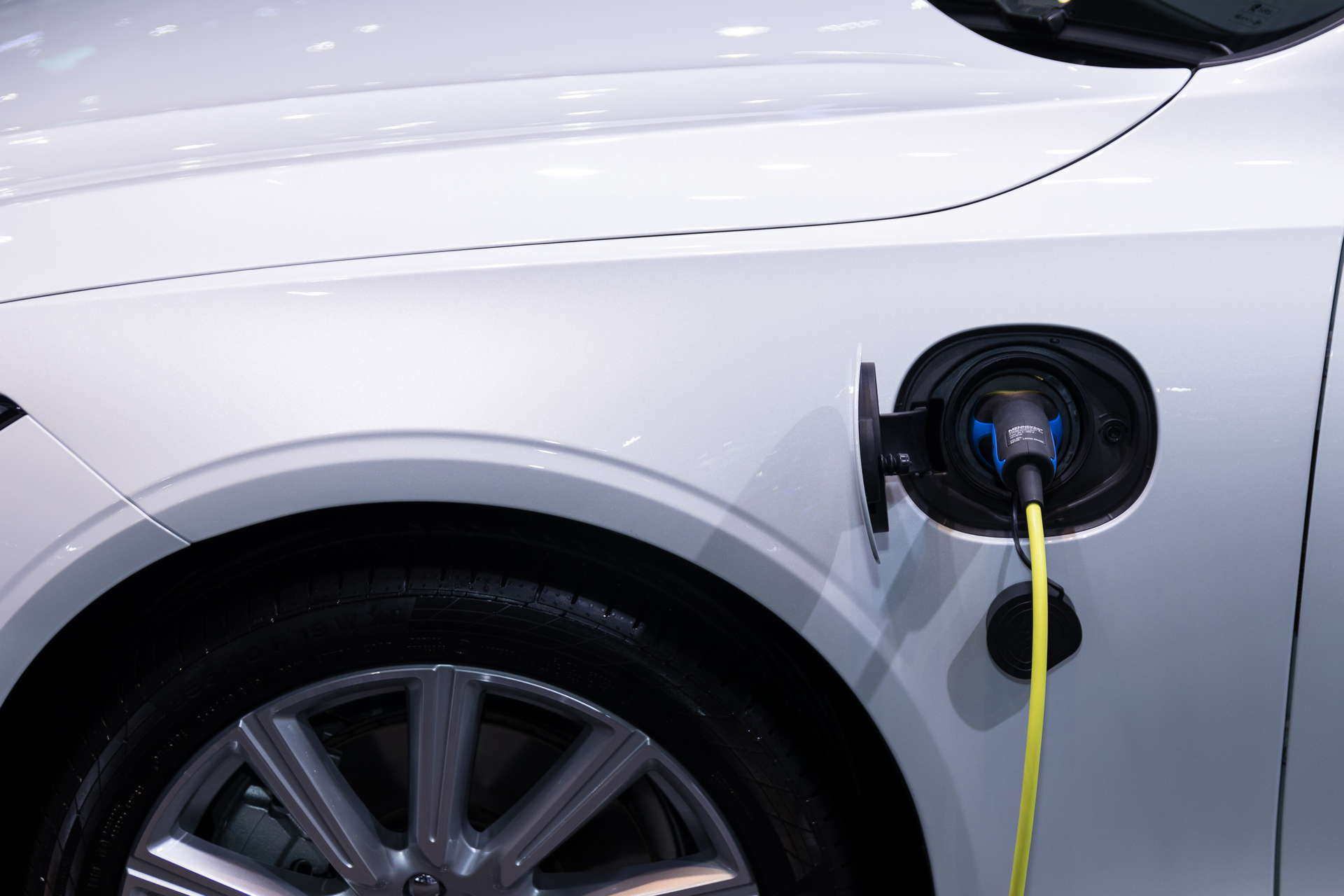
Along with saving energy and cutting carbon emissions, employee wellness is a matter of great importance to the Group. “It is a rare thing to be able to bathe in natural light in a Hong Kong office,” said Cannes Ting, an IT Department management trainee. “We can even watch the sunset in the evening!” Cannes loves to take lunch at the Sky Garden, whose flowing, curvilinear chairs remind him of being in a park.
There are also recycling bins on different floors of the building for paper, batteries, plastic bottles, metals and glasses. The company also holds green talks on a regular basis, taking care of both the hardware and software aspects of the cause
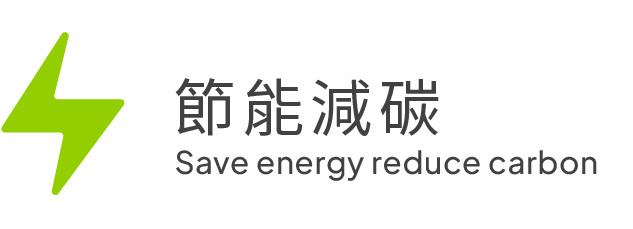
I switched to an electric car because it’s quieter, has zero exhaust emissions, and is cooler while in operation. It’s just more environmentally friendly. The office’s EV charging station supports my daily commute, especially when I was driving more during the peak of the pandemic.
Michael, Supply Chain, Maxim’s Group

Green is the focus of Maxim’s Centre’s design. From its Sky Garden and green facades to recycling air-conditioning drainage for toilet flushing, we try to cut carbon emissions from many different perspectives. We also remind colleagues to limit the use of paper and water. We can all do our own part for the environment.
Suki, Office Administration, Maxim’s Group



